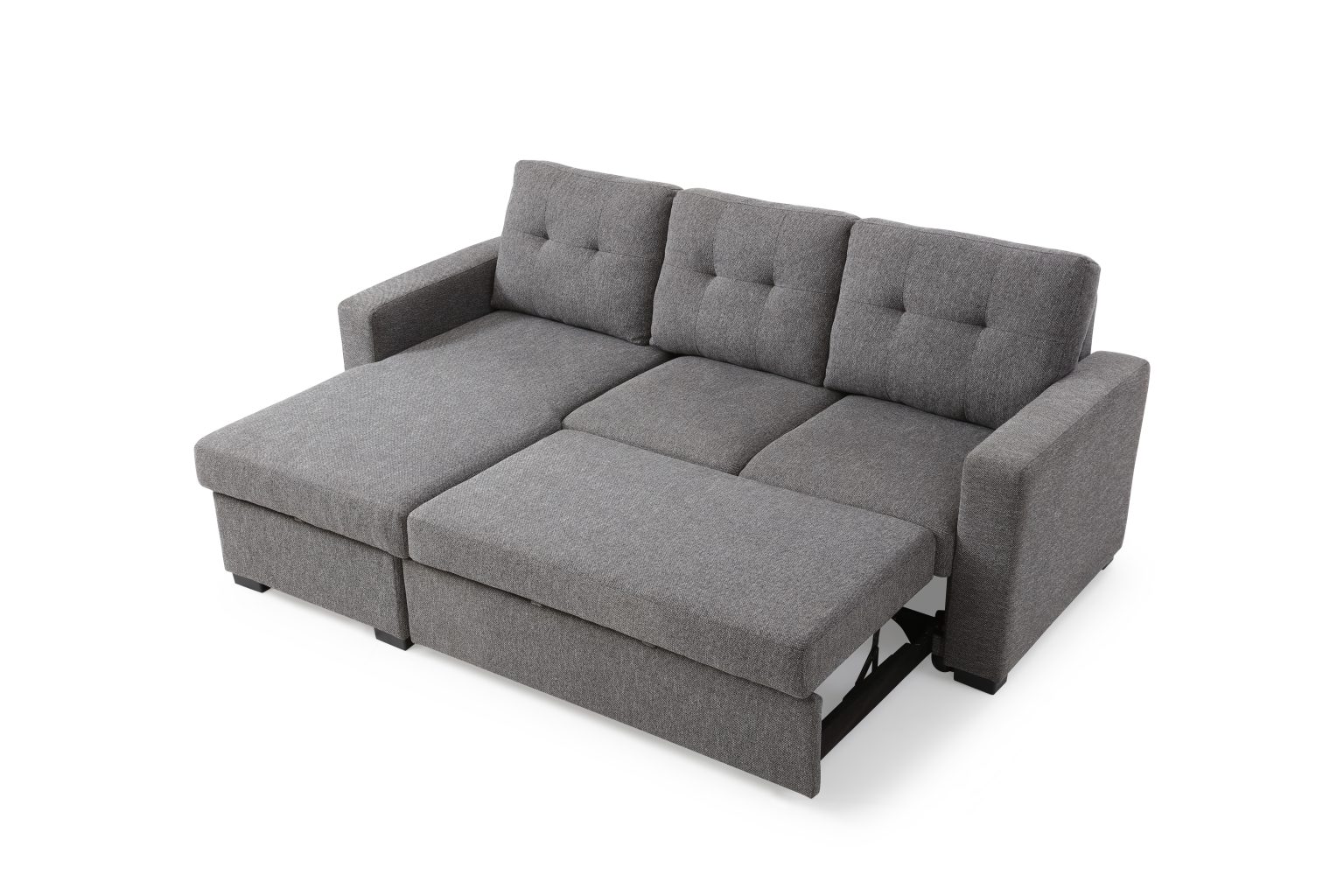Unclogging a Kitchen Sink
If you've ever experienced a clogged kitchen sink, you know how frustrating it can be. Not only does it disrupt your daily routine, but it can also lead to unpleasant odors and potential water damage. But fear not, unclogging a kitchen sink is a task that can easily be tackled with a few simple steps.
How to Fix a Clogged Kitchen Sink
The first step in fixing a clogged kitchen sink is to determine the cause of the blockage. Most clogs occur in the drain trap or the main drain line. To check the drain trap, place a bucket or container under the curved pipe and remove it by unscrewing the connections. If there is debris or buildup in the trap, clean it out and reattach the pipe. If the clog is in the main drain line, you may need to use a plunger or plumbing snake to dislodge the blockage.
Kitchen Sink Clogged? Here's What to Do
If you find yourself with a clogged kitchen sink, don't panic. There are a few simple DIY solutions that can help clear the blockage. One option is to pour boiling water down the drain to help break up any grease or food particles. Another trick is to mix equal parts baking soda and vinegar and pour it down the drain. Let it sit for a few minutes before rinsing with hot water. For tougher clogs, you may need to use a plunger or plumbing snake to dislodge the blockage.
DIY Solutions for a Clogged Kitchen Sink
For those who prefer a more natural and chemical-free approach, there are several DIY solutions for unclogging a kitchen sink. One method is to pour a cup of salt and a cup of baking soda down the drain, followed by a pot of boiling water. The combination of the two ingredients can help break down and dissolve any blockages. Another option is to use a mixture of salt, vinegar, and lemon juice to create a powerful cleaning solution. Let it sit in the drain for a few minutes before flushing with hot water.
Clearing a Clogged Kitchen Sink Drain
If the clog is located deeper in the drain line, a plunger or plumbing snake may be necessary to clear it. Using a plunger, create a tight seal around the drain and push and pull to create suction. This can help dislodge the blockage and allow it to move through the pipes. If using a plumbing snake, insert it into the drain and turn the handle to break up the clog. Once the blockage has been cleared, run hot water down the drain to flush out any remaining debris.
What Causes a Kitchen Sink to Suddenly Clog?
A clogged kitchen sink can occur suddenly and without warning. There are several common causes of a suddenly clogged kitchen sink, including food particles, grease, and soap scum buildup. Over time, these substances can accumulate in the drain and lead to a blockage. Other potential culprits include foreign objects, such as utensils or small toys, that may have accidentally fallen down the drain.
Quick Fixes for a Suddenly Clogged Kitchen Sink
In addition to the DIY solutions mentioned above, there are a few quick fixes that can help unclog a kitchen sink in a pinch. One option is to use a wet/dry vacuum to suck out the clog. You can also try using a plunger or plumbing snake to dislodge the blockage. If these methods don't work, you may need to call a professional plumber for assistance.
Preventing a Kitchen Sink from Clogging
The best way to deal with a clogged kitchen sink is to prevent it from happening in the first place. One way to avoid clogs is to be mindful of what you put down the drain. Avoid pouring grease, oil, and food scraps down the sink, and use a strainer to catch any small particles. Regularly cleaning the drain with a mixture of baking soda and vinegar can also help prevent buildup and keep your sink running smoothly.
Professional Solutions for a Clogged Kitchen Sink
If the clog is too severe or persistent, it may be time to call in the professionals. A licensed plumber will have the tools and expertise to safely and effectively clear the clog without causing any damage to your plumbing system. They may also be able to identify any underlying issues that may be contributing to the clog, such as tree roots or a damaged pipe.
Signs of a Clogged Kitchen Sink and How to Address Them
There are several signs that may indicate a clogged kitchen sink. These include slow draining water, gurgling noises coming from the drain, unpleasant odors, and standing water in the sink. If you notice any of these signs, it's important to address the clog as soon as possible to prevent further damage and inconvenience. By following the steps mentioned above, you can effectively unclog your kitchen sink and get back to your daily routine in no time.
The Importance of Proper Drainage in House Design

Preventing Kitchen Sink Clogs
 When it comes to designing a home, there are countless factors to consider. From the layout and aesthetics to the materials and functionality, every decision plays a crucial role in creating a comfortable and efficient space. However, one aspect that is often overlooked is the importance of proper drainage. This is especially important in areas of the home where water is frequently used, such as the kitchen sink.
A clogged kitchen sink can be a major inconvenience, causing disruption to daily tasks and potentially leading to costly repairs. It can also be a health hazard, as standing water and debris can attract bacteria and mold growth. This is why it is crucial to prioritize proper drainage in your house design, particularly in the kitchen.
Featured Keywords: kitchen sink, clogged, house design, proper drainage
In order to prevent kitchen sink clogs, there are a few key elements to consider in your house design. Firstly, the slope of the drain pipe should be at a minimum of 1/4 inch per foot to allow for proper water flow. This ensures that any debris or food particles will be carried through the pipes rather than getting stuck and causing a blockage.
Related Main Keywords: drain pipe, water flow, debris, blockage
Another important factor is the size of the drain pipe. The larger the diameter of the pipe, the more water it can handle, reducing the risk of clogs. Additionally, installing a garbage disposal can help to grind up food scraps and prevent them from causing a blockage in the pipes.
Related Main Keywords: diameter, water flow, garbage disposal, food scraps
Lastly, regular maintenance and cleaning of your kitchen sink is crucial in preventing clogs. This includes regularly removing any debris or food particles from the sink and using natural drain cleaners to keep the pipes clear. It is also important to avoid pouring grease or oil down the drain, as it can solidify and create a blockage.
Related Main Keywords: maintenance, cleaning, debris, food particles, natural drain cleaners, grease, oil, blockage
In conclusion, proper drainage is a crucial aspect of house design, particularly in the kitchen. By ensuring the proper slope and size of drain pipes and implementing regular maintenance, you can prevent the inconvenience and potential health hazards of a clogged kitchen sink. So the next time you're designing a home, don't overlook the importance of drainage. Your future self will thank you.
Related Main Keywords: proper drainage, house design, kitchen, clogged, maintenance
When it comes to designing a home, there are countless factors to consider. From the layout and aesthetics to the materials and functionality, every decision plays a crucial role in creating a comfortable and efficient space. However, one aspect that is often overlooked is the importance of proper drainage. This is especially important in areas of the home where water is frequently used, such as the kitchen sink.
A clogged kitchen sink can be a major inconvenience, causing disruption to daily tasks and potentially leading to costly repairs. It can also be a health hazard, as standing water and debris can attract bacteria and mold growth. This is why it is crucial to prioritize proper drainage in your house design, particularly in the kitchen.
Featured Keywords: kitchen sink, clogged, house design, proper drainage
In order to prevent kitchen sink clogs, there are a few key elements to consider in your house design. Firstly, the slope of the drain pipe should be at a minimum of 1/4 inch per foot to allow for proper water flow. This ensures that any debris or food particles will be carried through the pipes rather than getting stuck and causing a blockage.
Related Main Keywords: drain pipe, water flow, debris, blockage
Another important factor is the size of the drain pipe. The larger the diameter of the pipe, the more water it can handle, reducing the risk of clogs. Additionally, installing a garbage disposal can help to grind up food scraps and prevent them from causing a blockage in the pipes.
Related Main Keywords: diameter, water flow, garbage disposal, food scraps
Lastly, regular maintenance and cleaning of your kitchen sink is crucial in preventing clogs. This includes regularly removing any debris or food particles from the sink and using natural drain cleaners to keep the pipes clear. It is also important to avoid pouring grease or oil down the drain, as it can solidify and create a blockage.
Related Main Keywords: maintenance, cleaning, debris, food particles, natural drain cleaners, grease, oil, blockage
In conclusion, proper drainage is a crucial aspect of house design, particularly in the kitchen. By ensuring the proper slope and size of drain pipes and implementing regular maintenance, you can prevent the inconvenience and potential health hazards of a clogged kitchen sink. So the next time you're designing a home, don't overlook the importance of drainage. Your future self will thank you.
Related Main Keywords: proper drainage, house design, kitchen, clogged, maintenance
HTML Code:
 <h2>The Importance of Proper Drainage in House Design</h2>
<h3>Preventing Kitchen Sink Clogs</h3>
<h2>The Importance of Proper Drainage in House Design</h2>
<h3>Preventing Kitchen Sink Clogs</h3>
When it comes to designing a home, there are countless factors to consider. From the layout and aesthetics to the materials and functionality, every decision plays a crucial role in creating a comfortable and efficient space. However, one aspect that is often overlooked is the importance of proper drainage. This is especially important in areas of the home where water is frequently used, such as the kitchen sink.
A clogged kitchen sink can be a major inconvenience, causing disruption to daily tasks and potentially leading to costly repairs. It can also be a health hazard, as standing water and debris can attract bacteria and mold growth. This is why it is crucial to prioritize proper drainage in your house design, particularly in the kitchen.
Featured Keywords: kitchen sink, clogged, house design, proper drainageIn order to prevent kitchen sink clogs, there are a few key elements to consider in your house design. Firstly, the slope of the drain pipe should be at a minimum of 1/4 inch per foot to allow for proper water flow. This ensures that any debris or food particles will be carried through the pipes rather than getting stuck and causing a blockage.
Related Main Keywords: drain pipe, water flow, debris, blockageAnother important factor is the size of the drain pipe. The larger the diameter of the pipe, the more water it can handle, reducing the risk of clogs. Additionally, installing a garbage disposal can help to grind up food scraps and prevent them from causing a blockage in the pipes.
Related Main Keywords: diameter, water flow, garbage disposal, food scrapsLastl
/plumber-unclogging-kitchen-sink-169270382-5797a9355f9b58461f27f024.jpg)






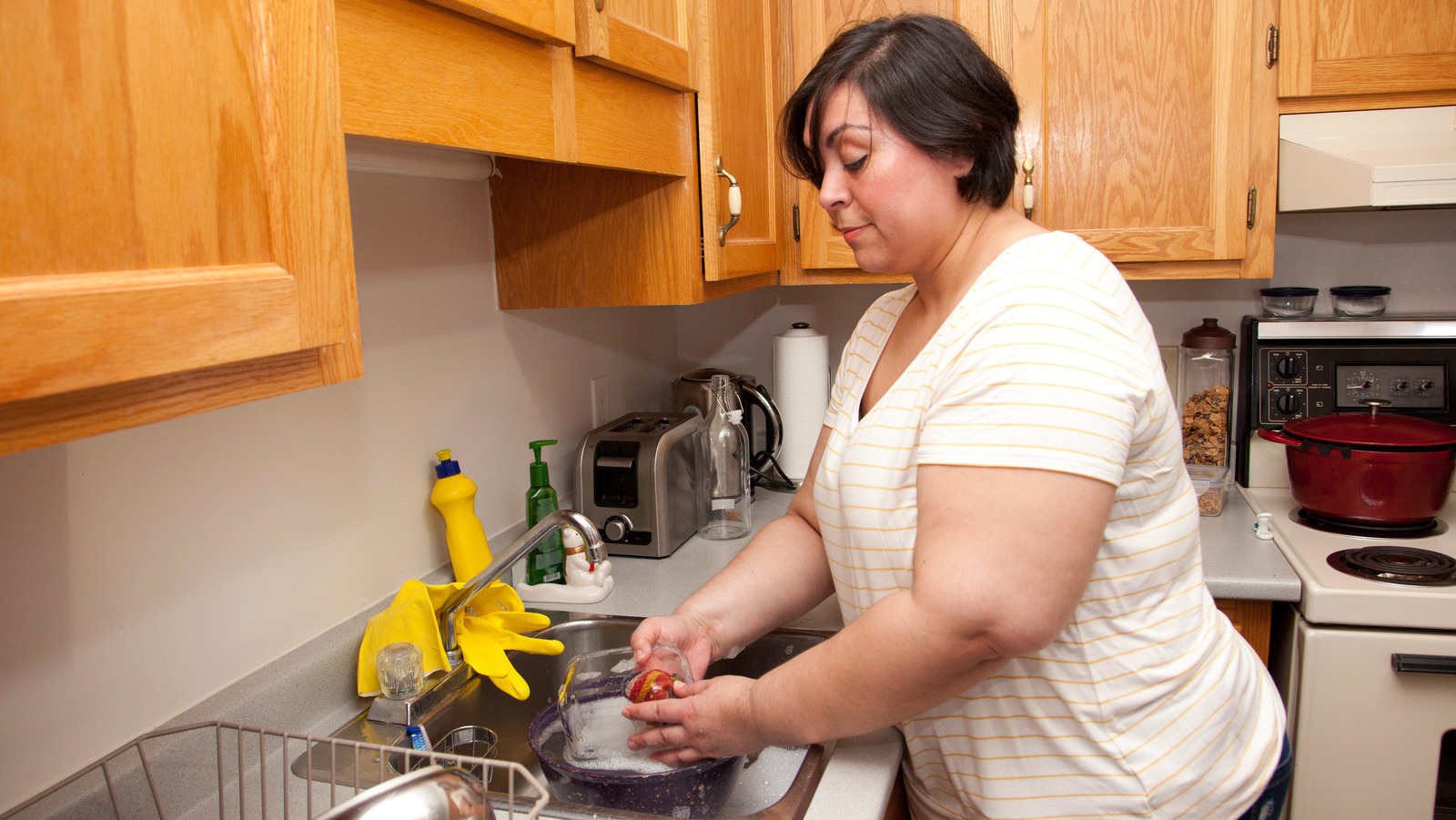


:max_bytes(150000):strip_icc()/how-to-unclog-a-kitchen-sink-2718799_sketch_FINAL-8c5caa805a69493ab22dfb537c72a1b7.png)
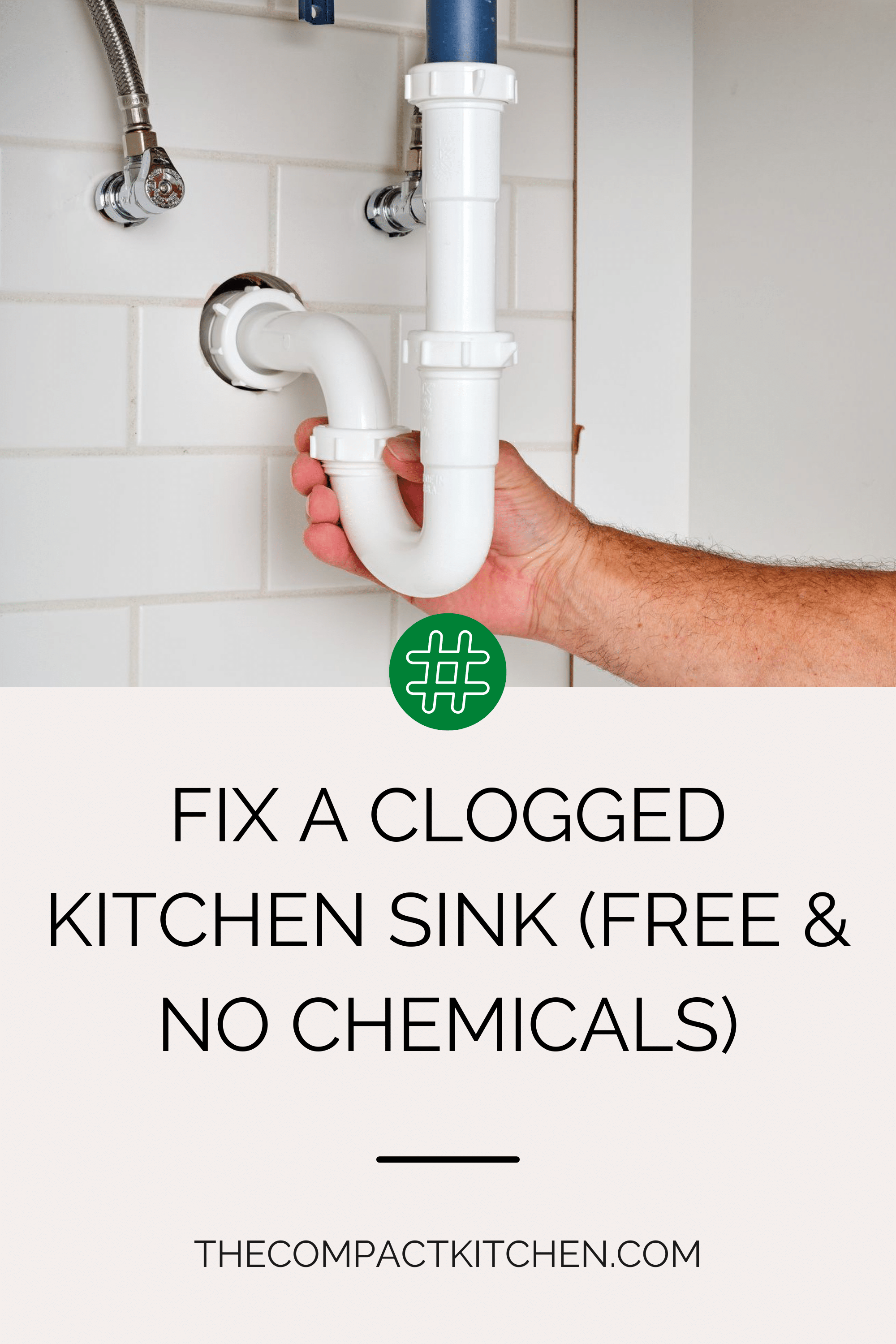





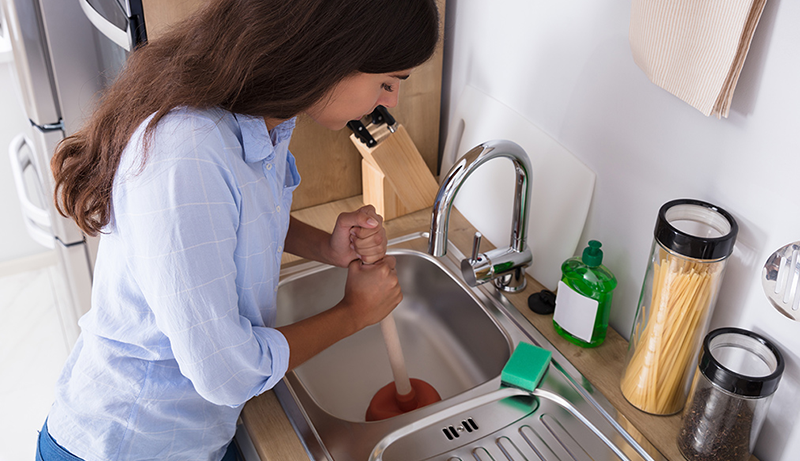

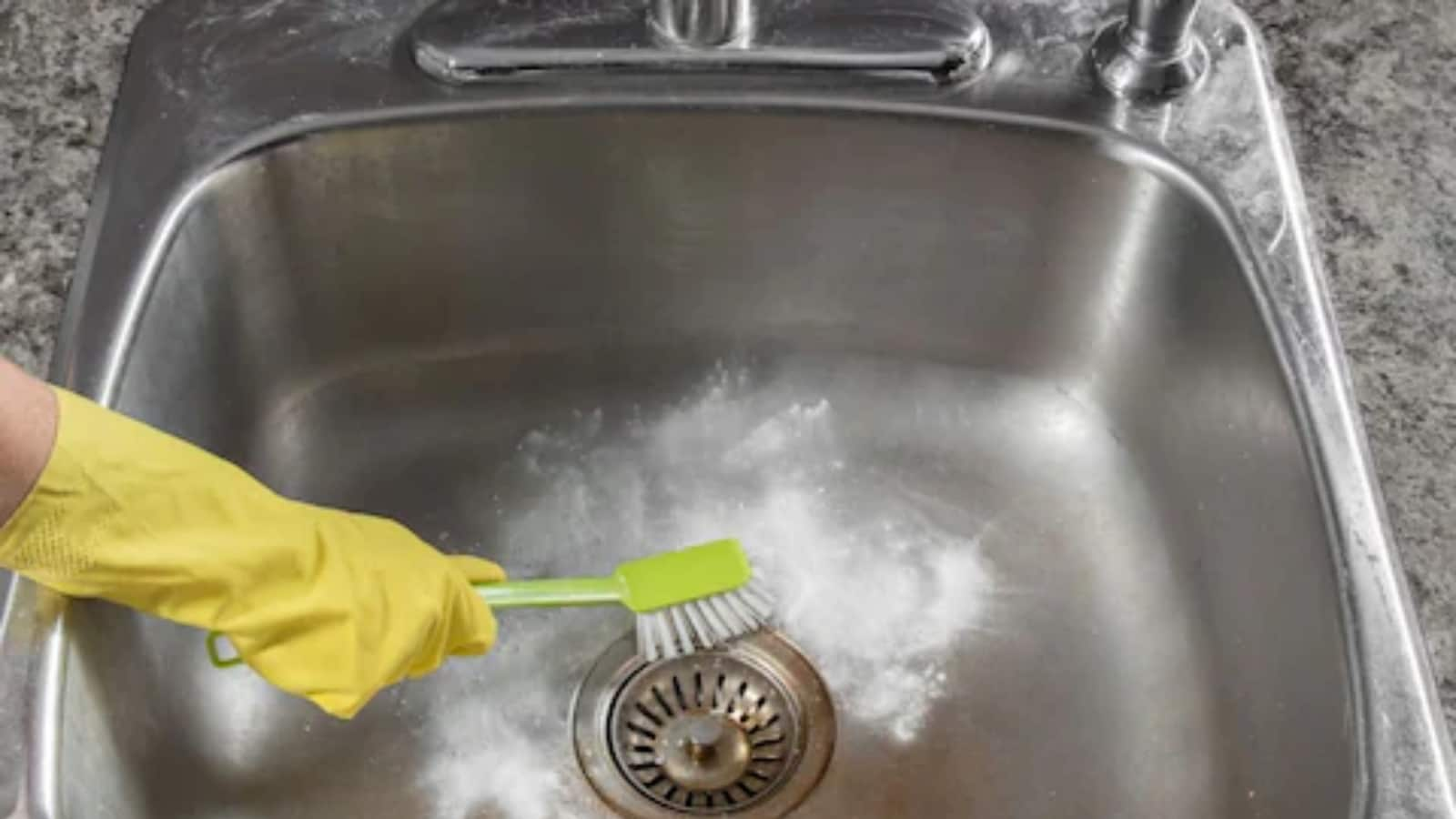



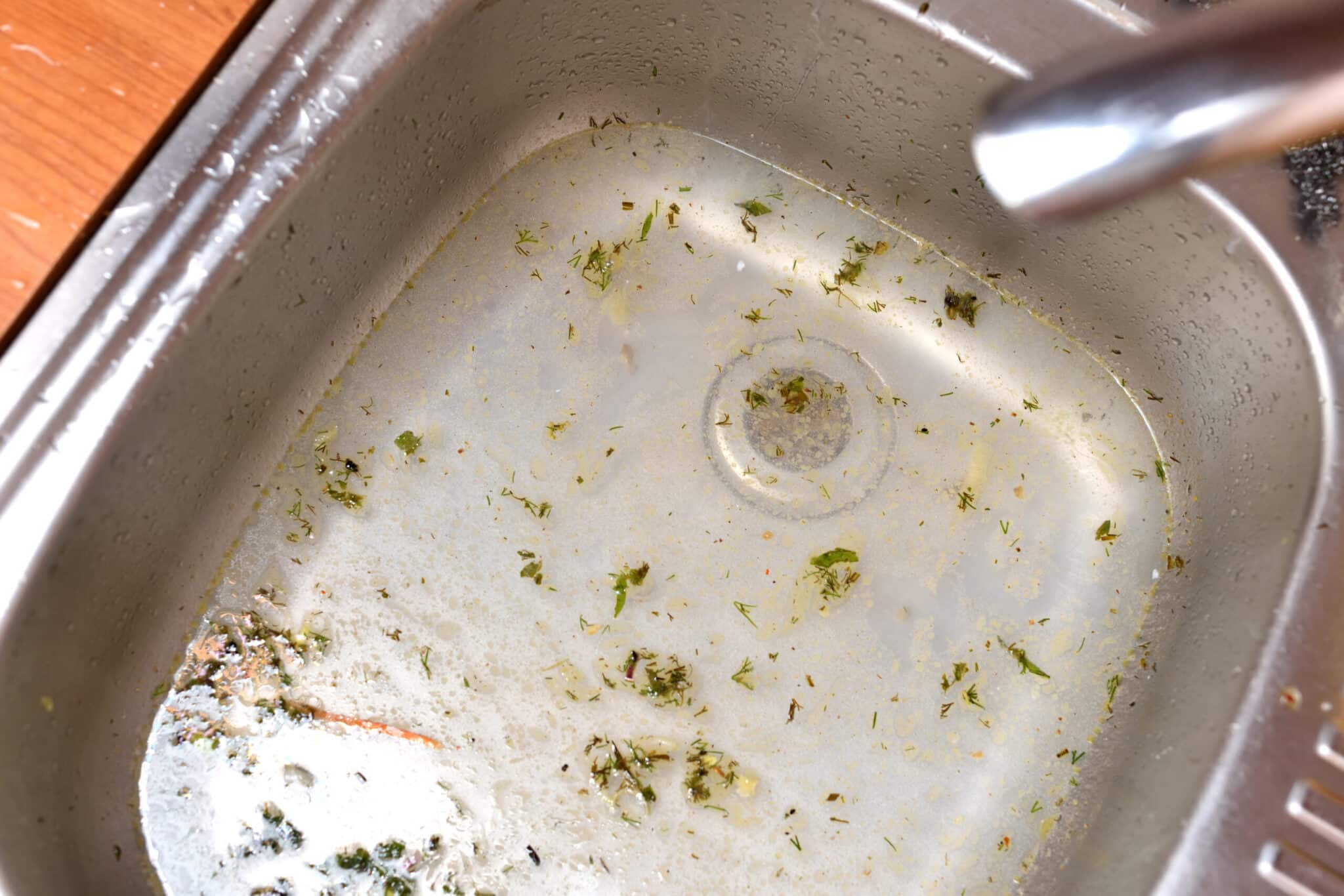
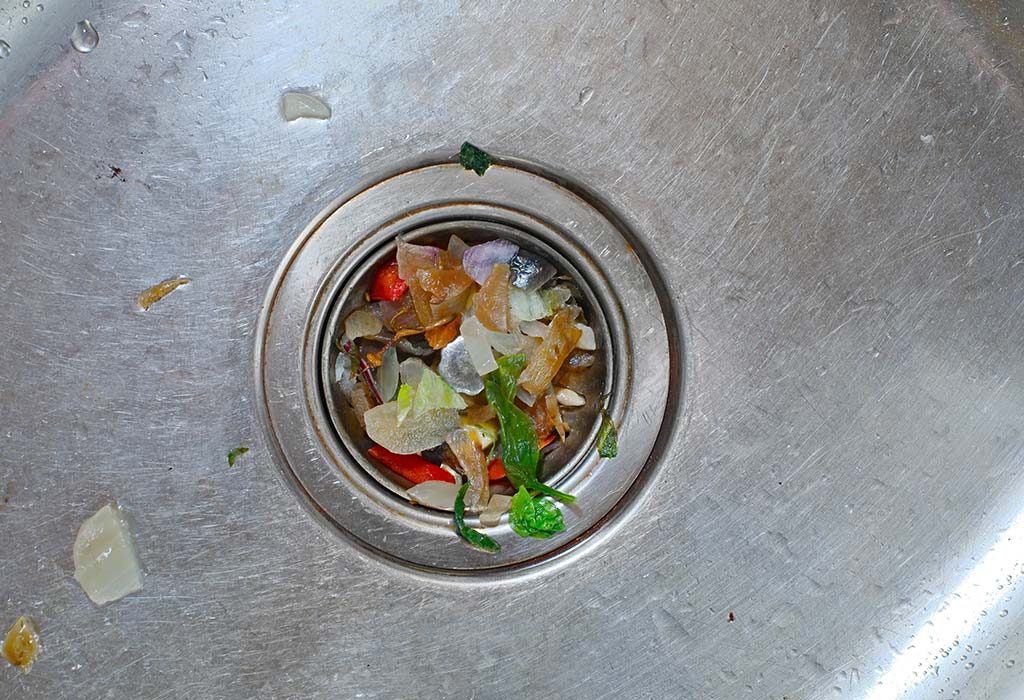



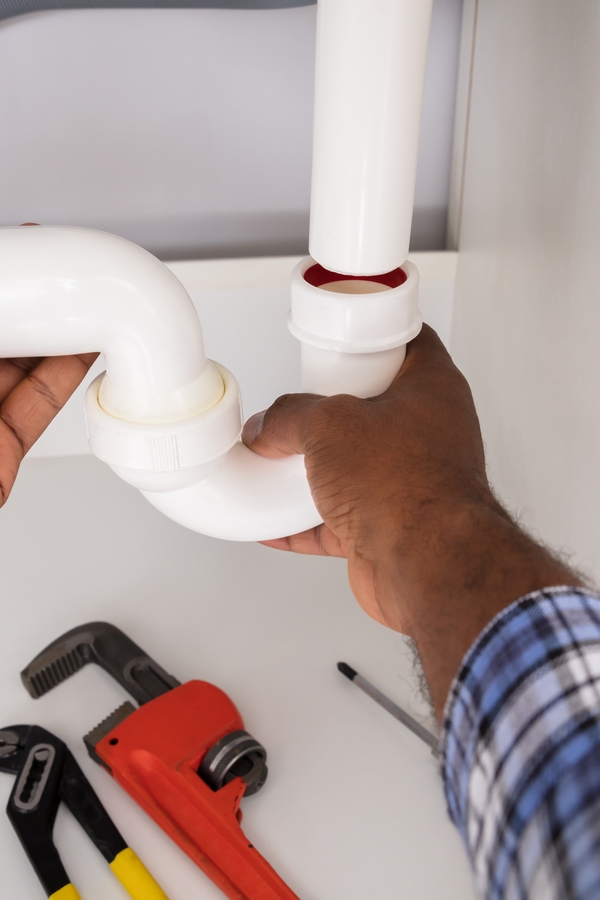


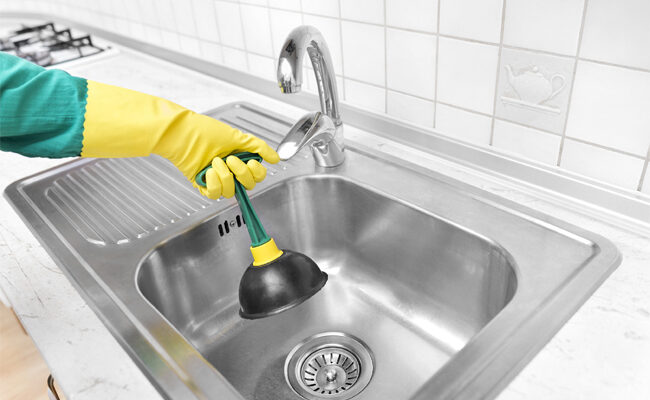








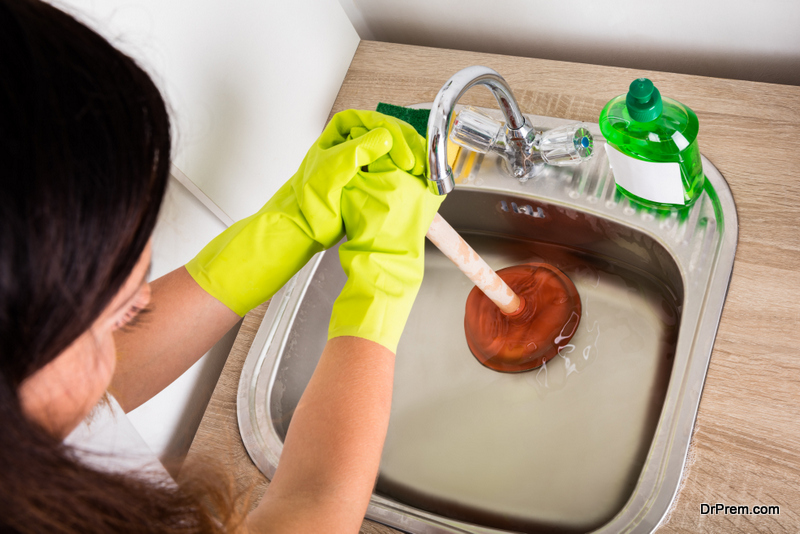
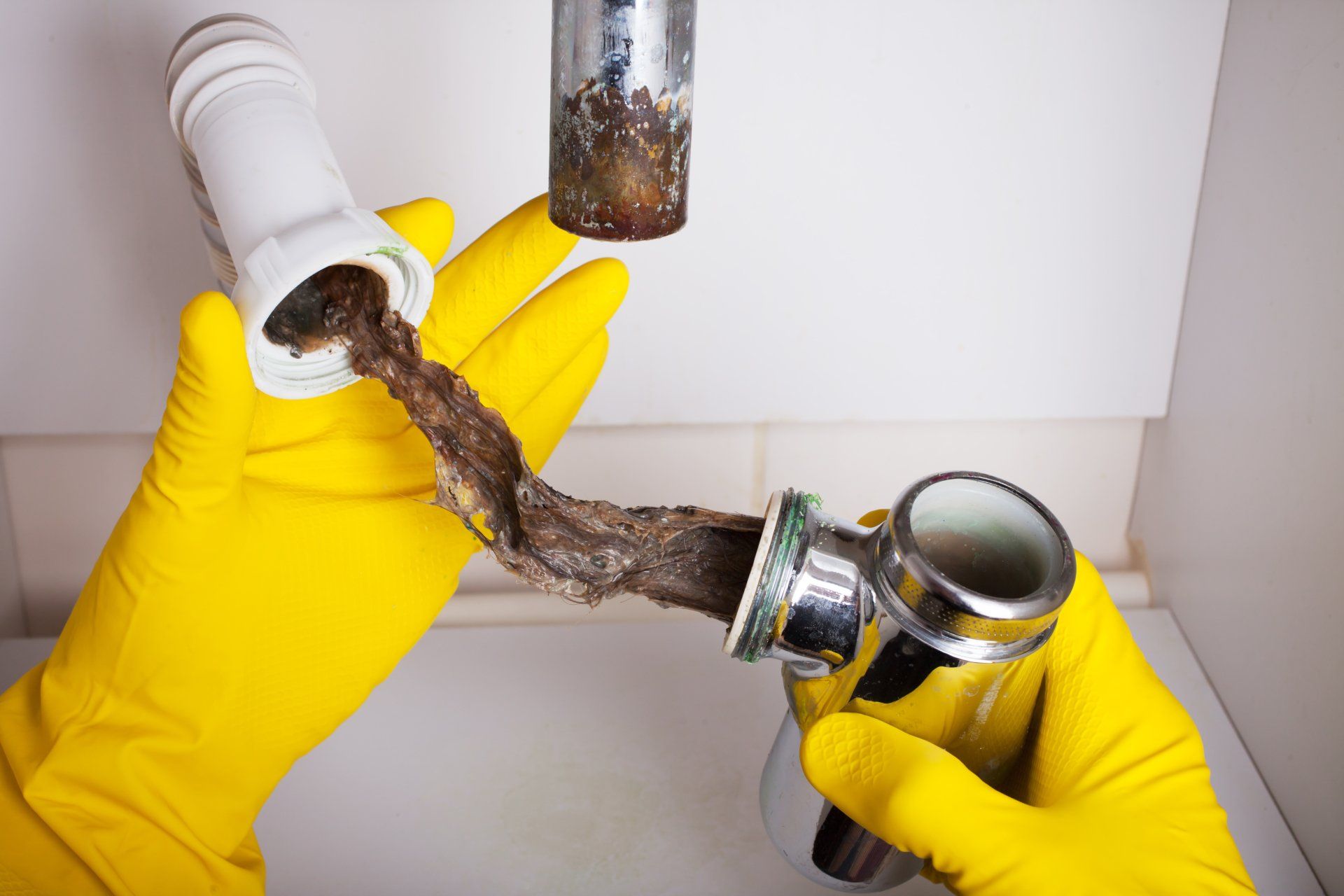
:max_bytes(150000):strip_icc()/freshen-and-unclog-drain-with-baking-soda-1900466-22-bbf940b70afa4d5abef0c54da23b1d3f.jpg)
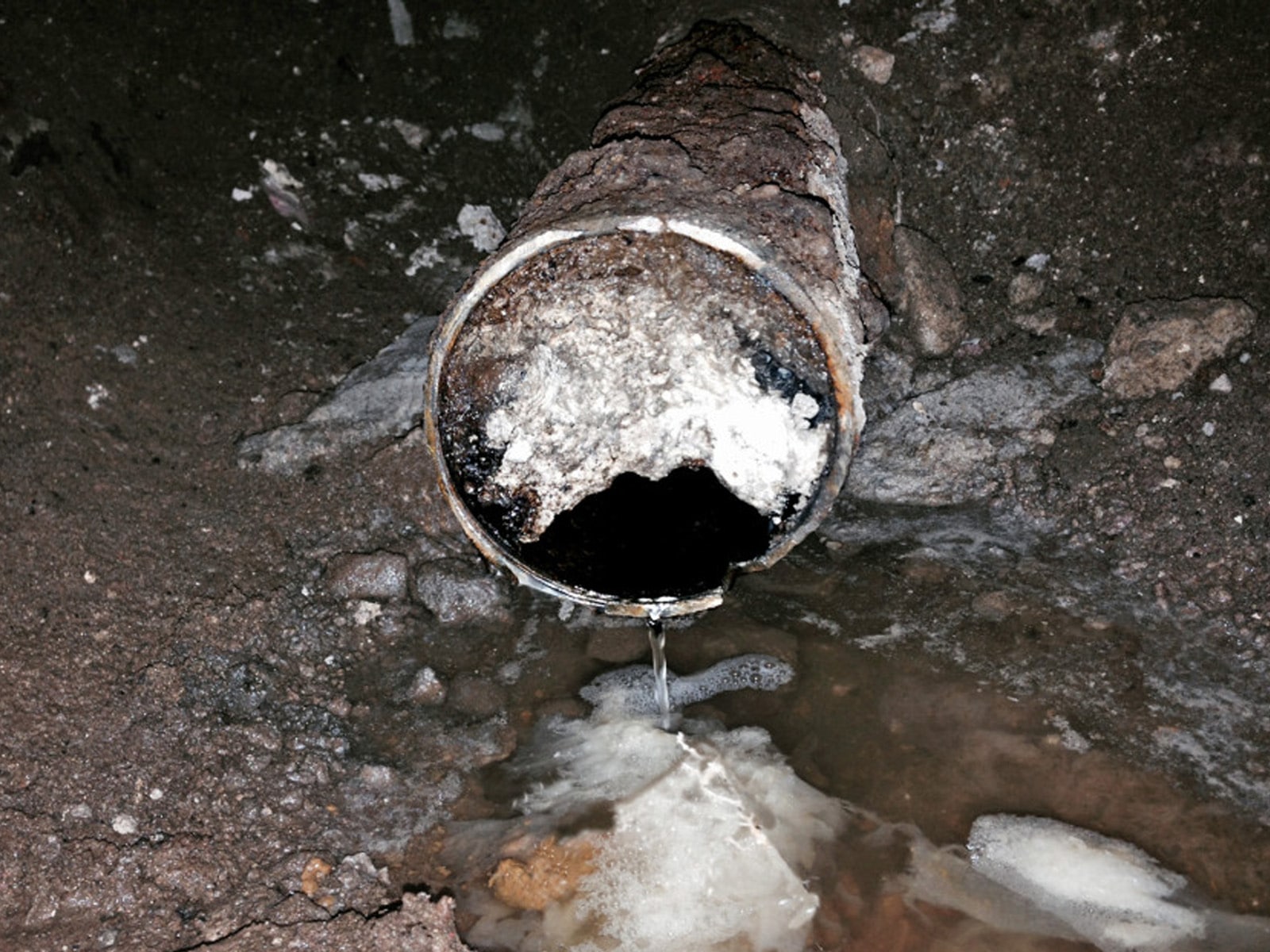


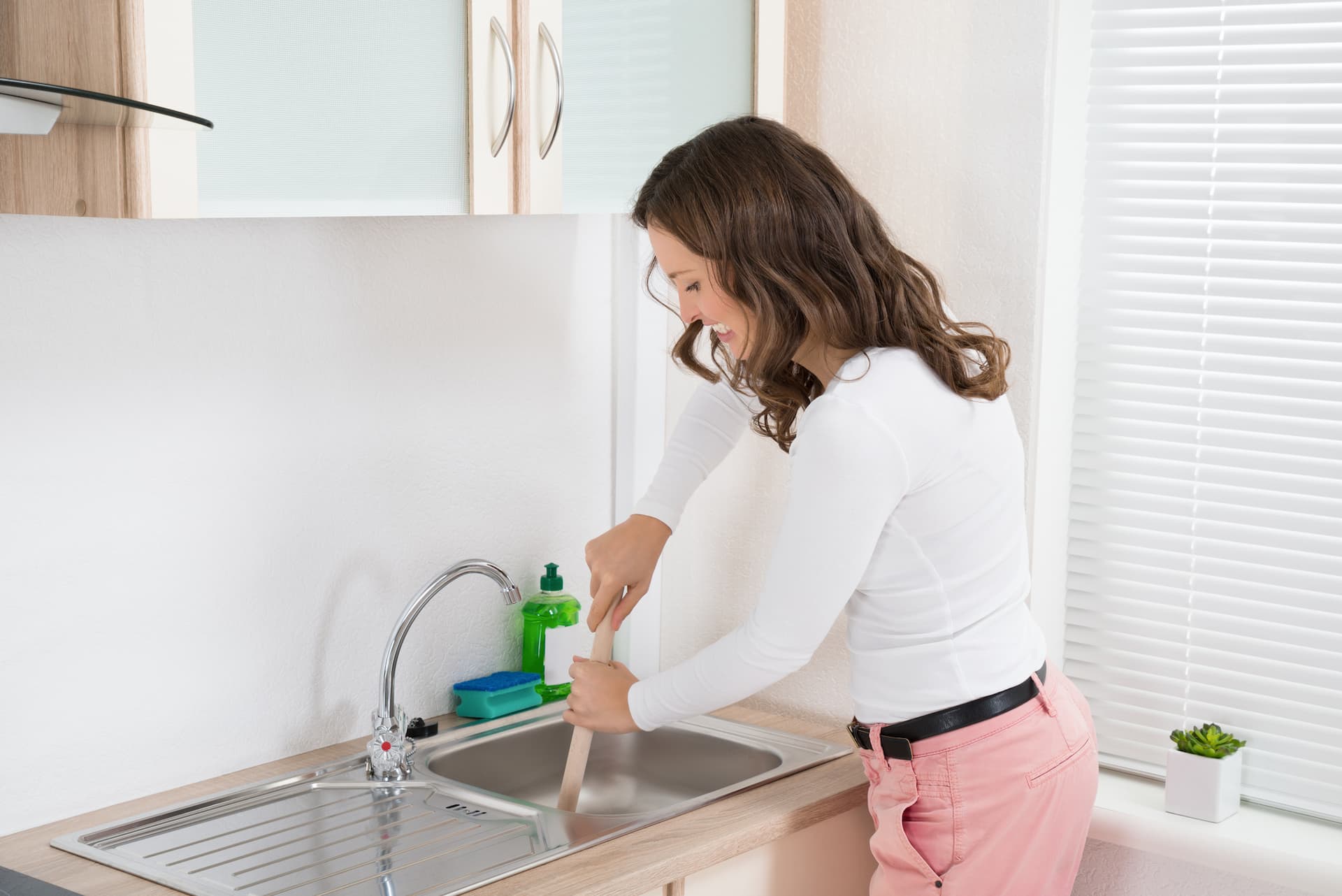

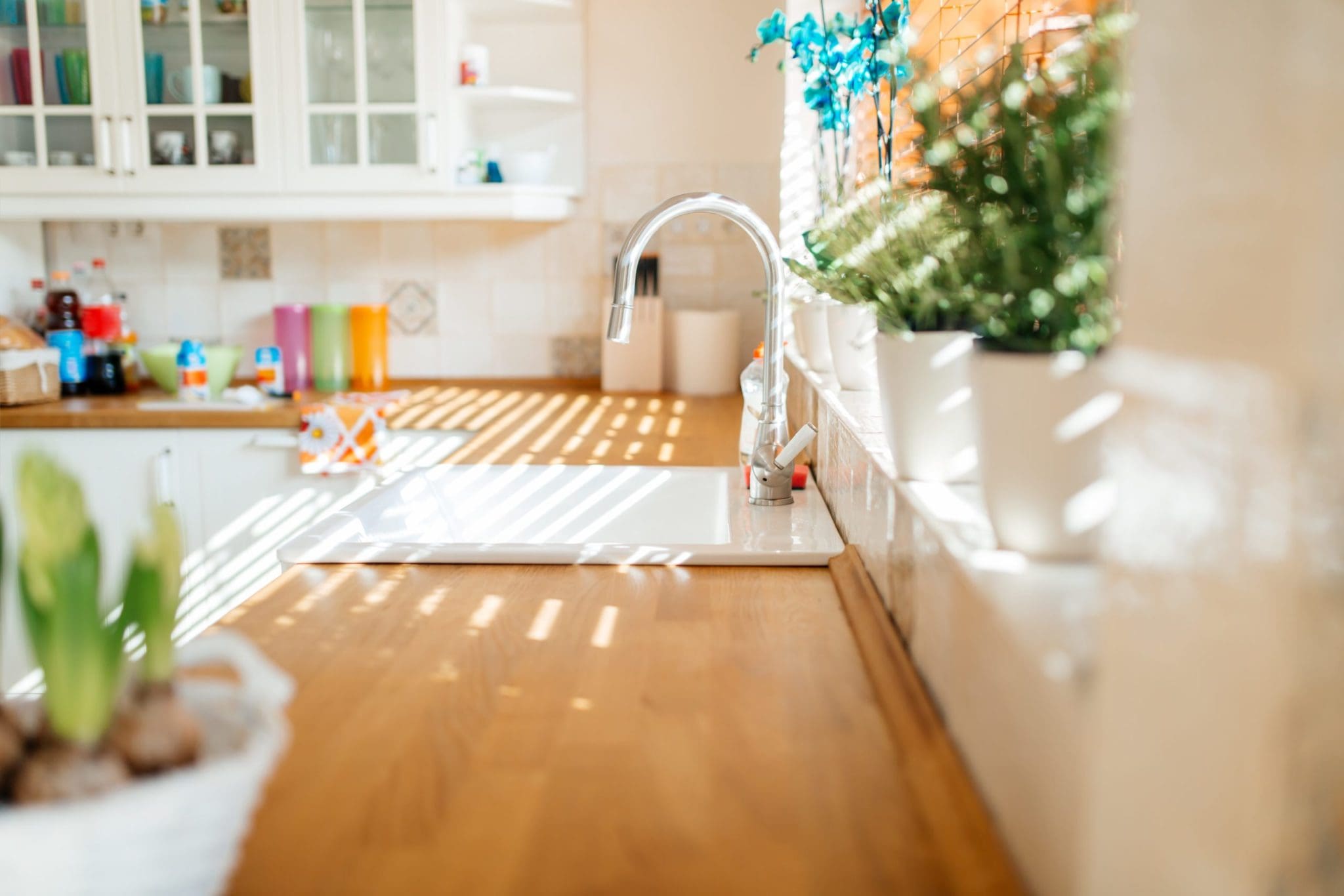











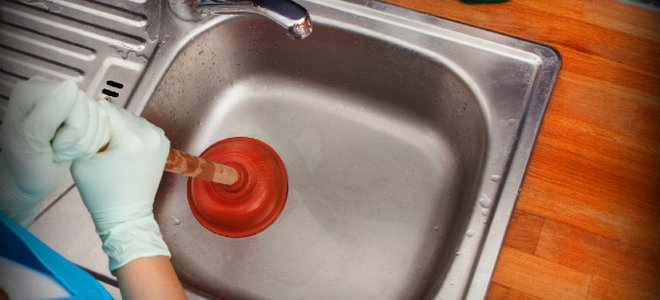
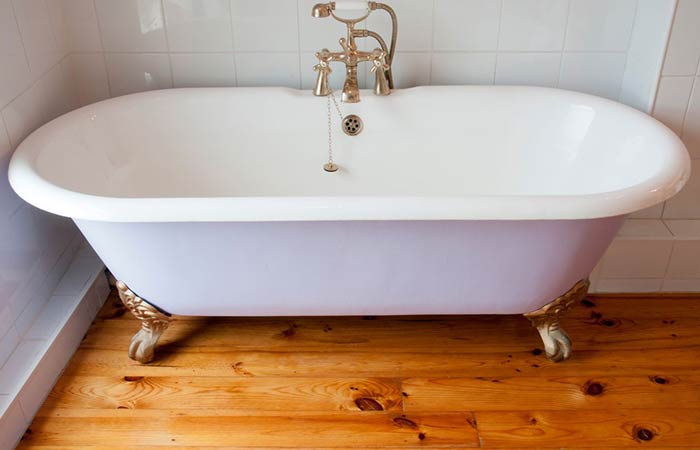






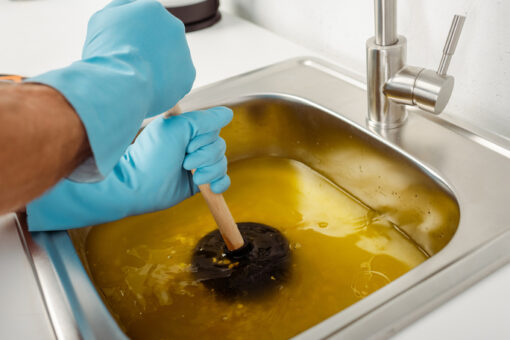
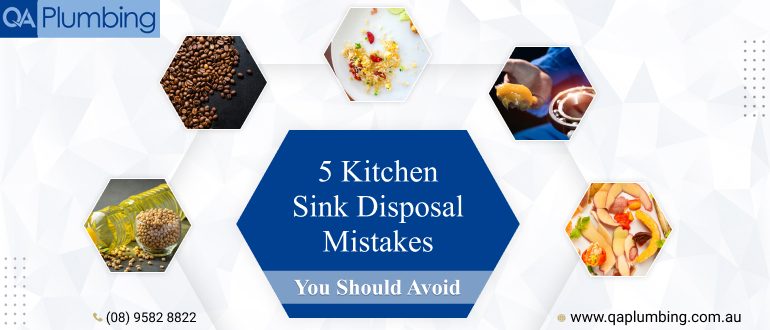




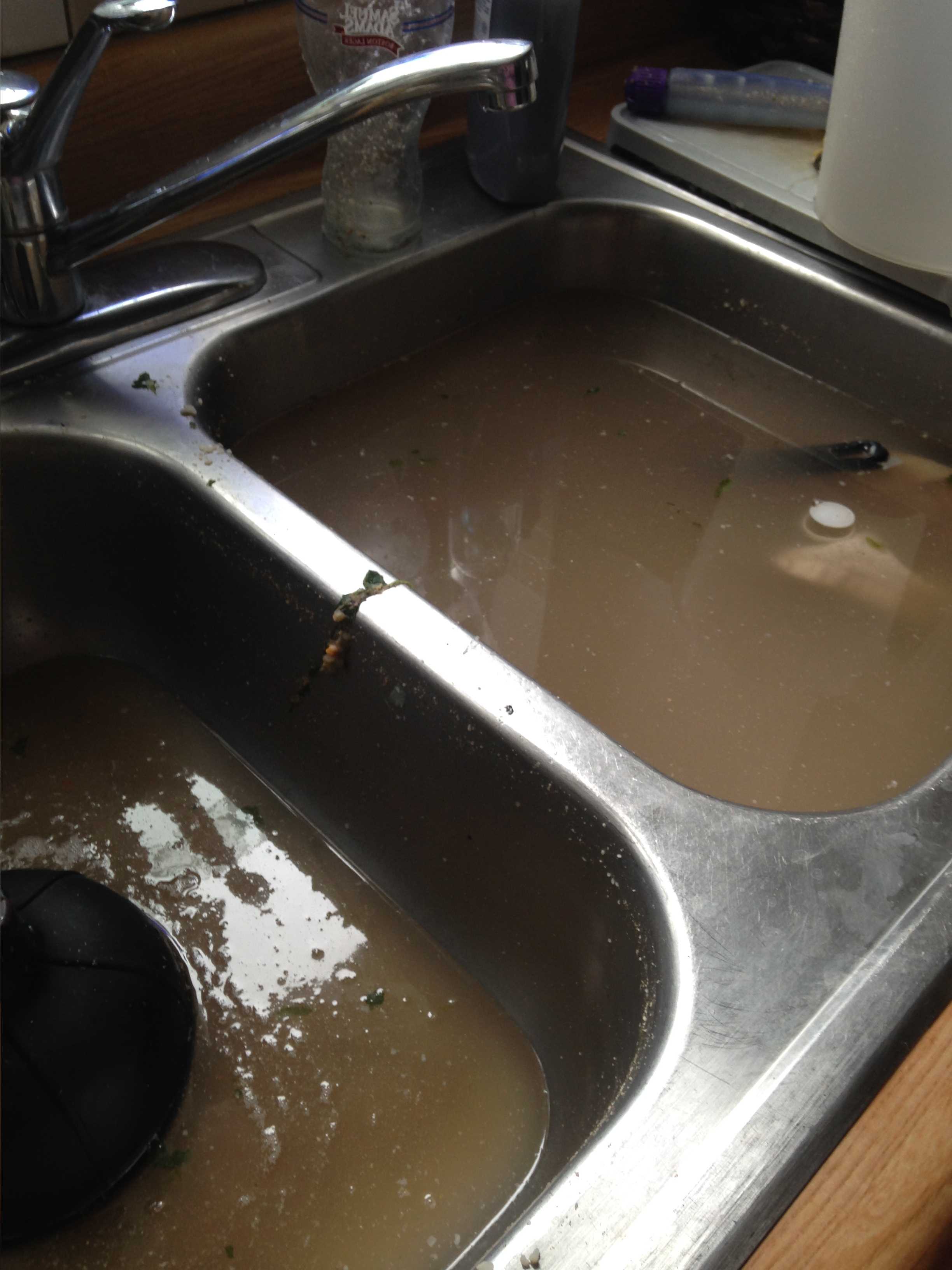
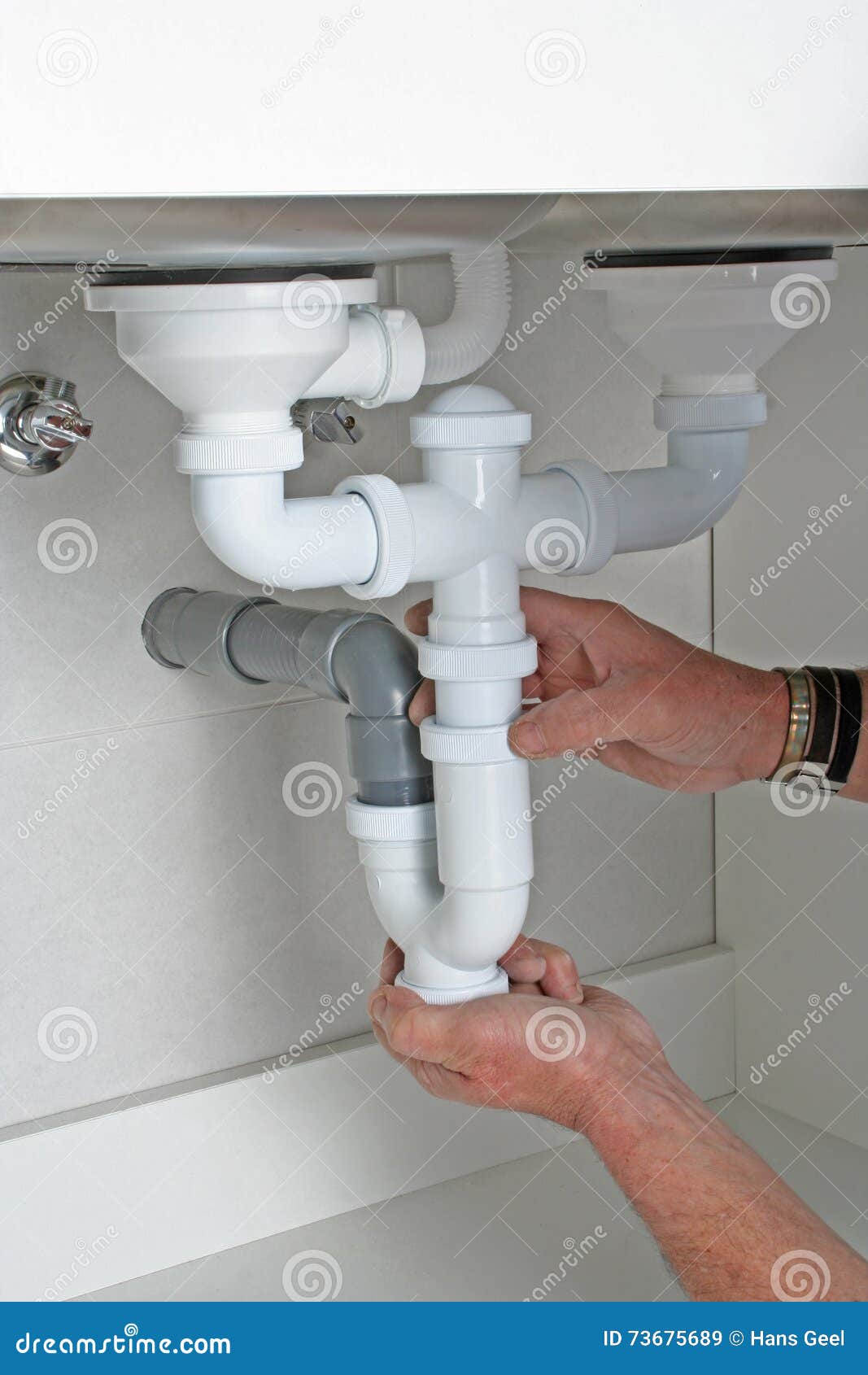

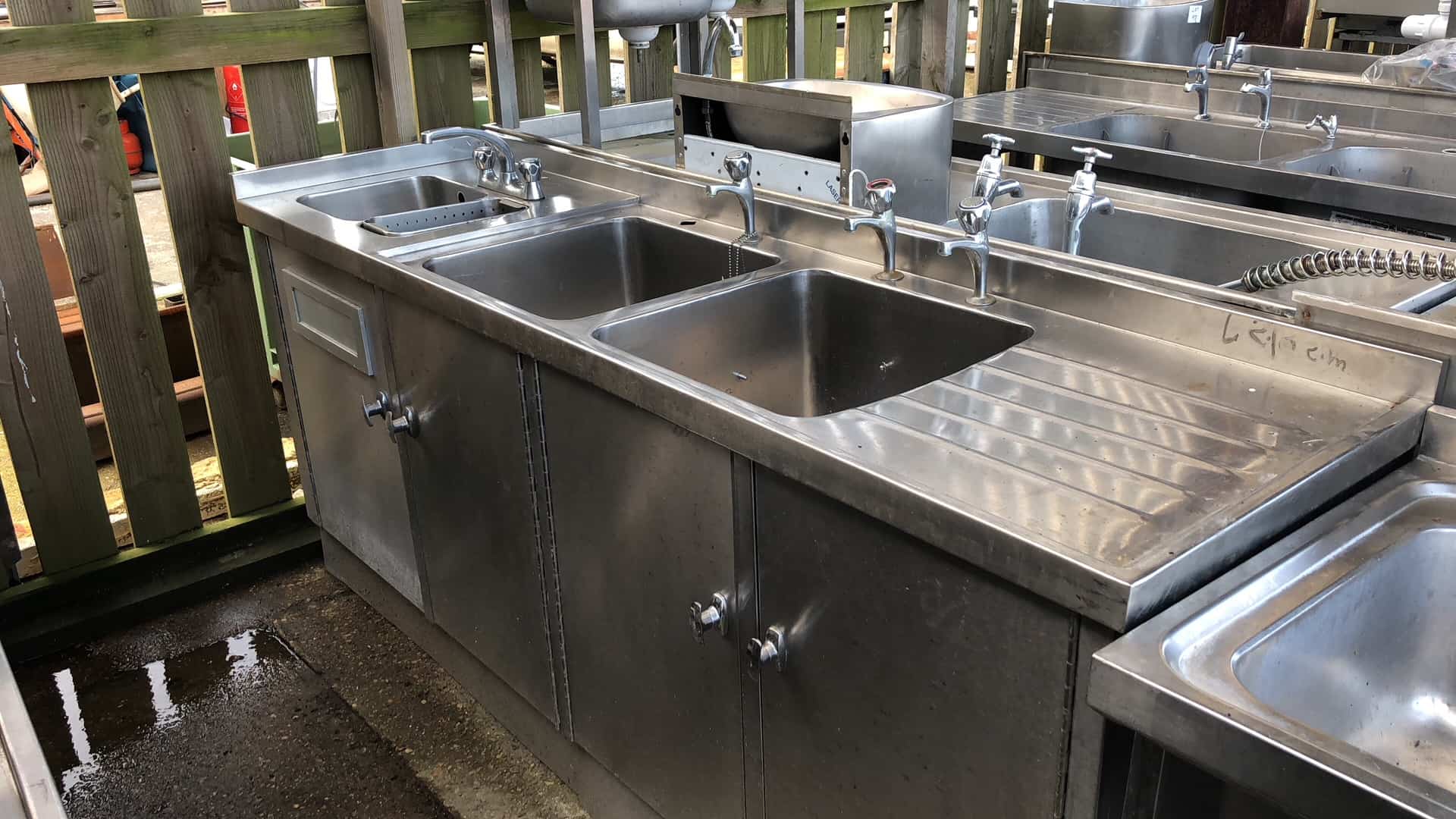




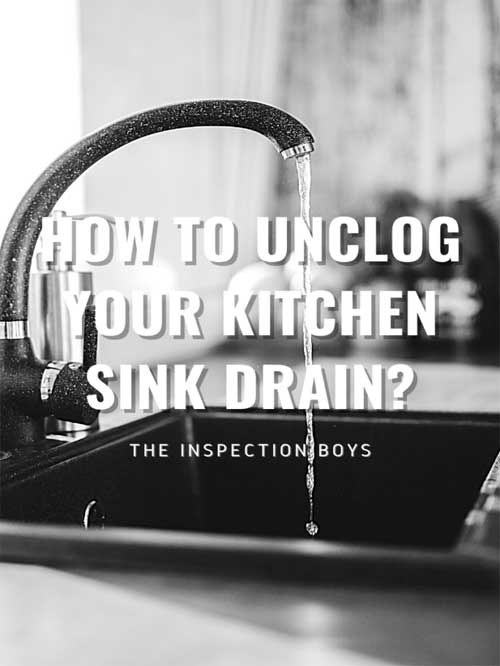



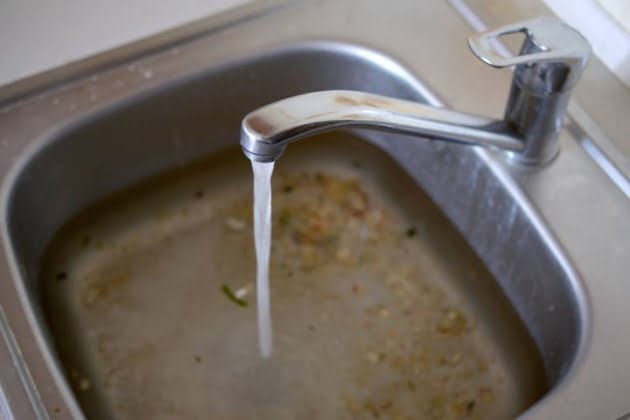


/how-to-install-a-sink-drain-2718789-hero-24e898006ed94c9593a2a268b57989a3.jpg)
